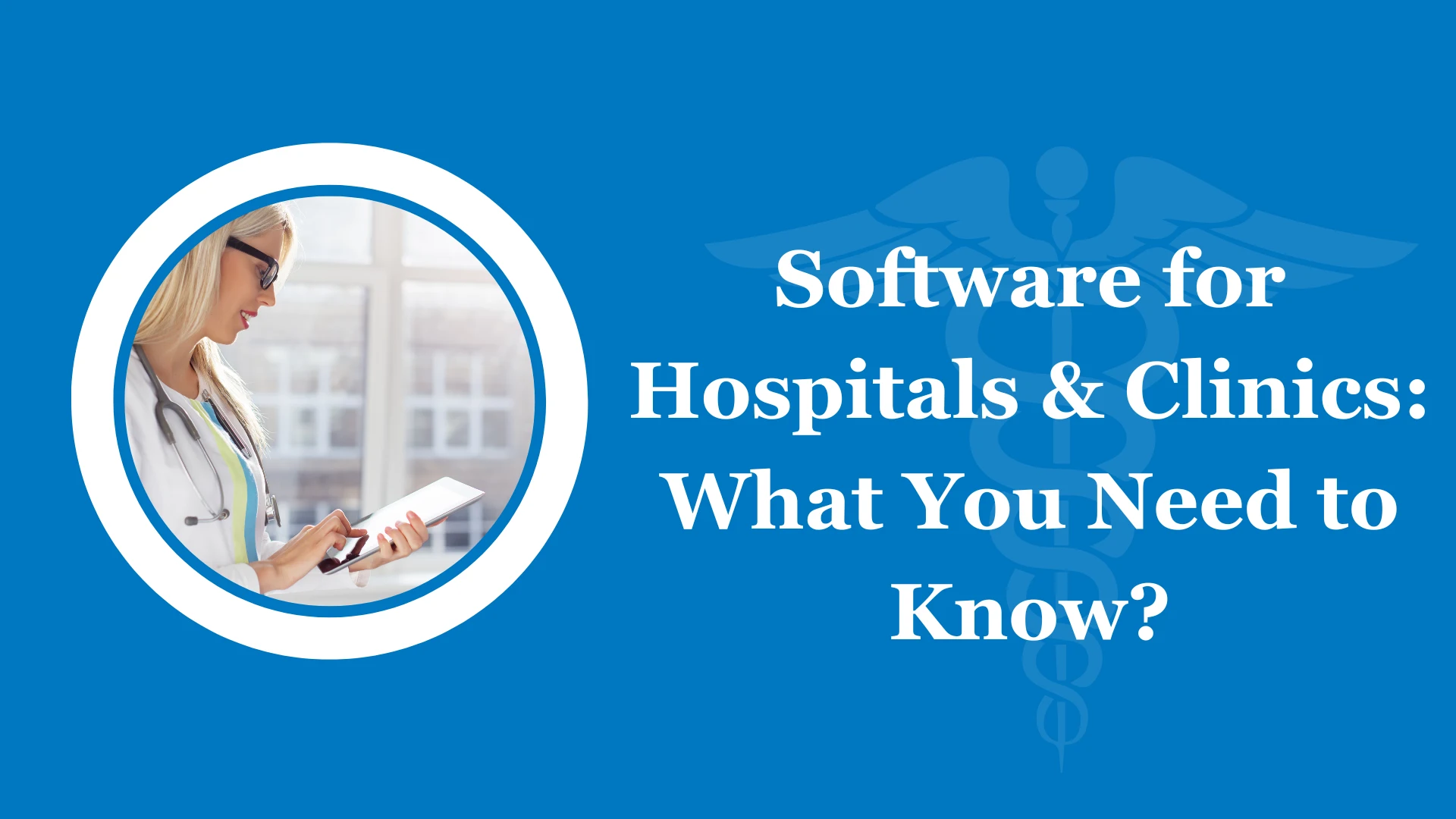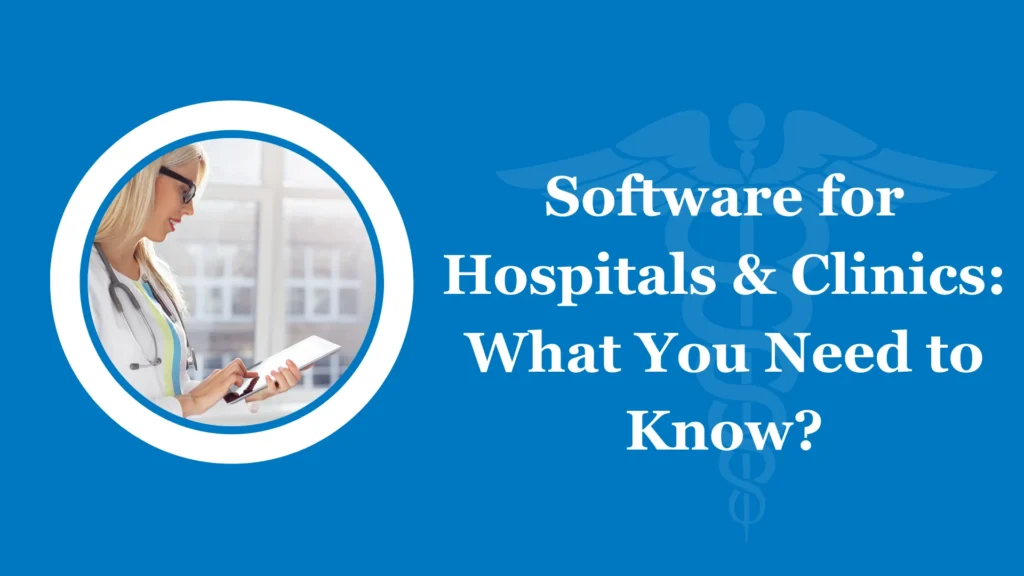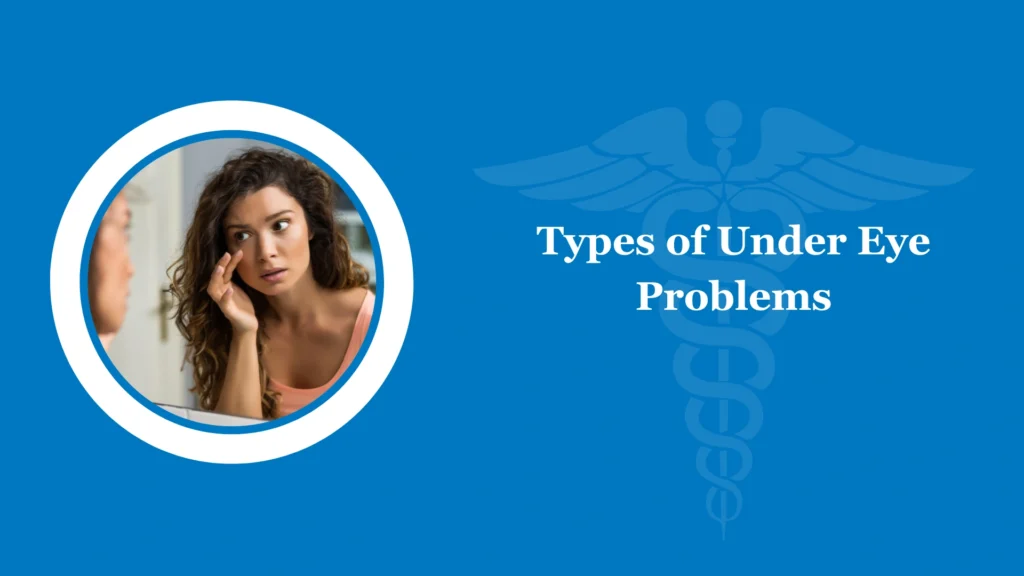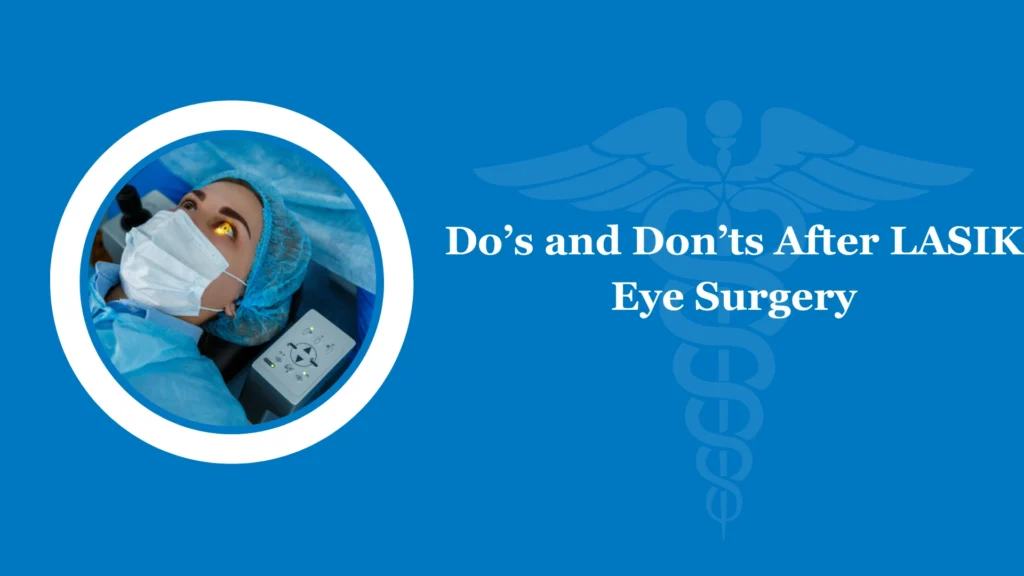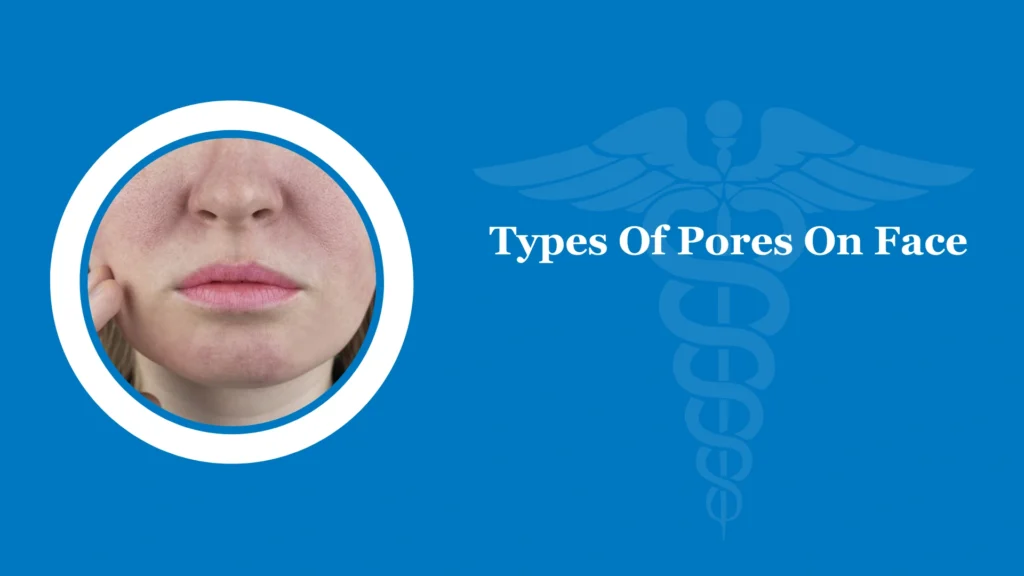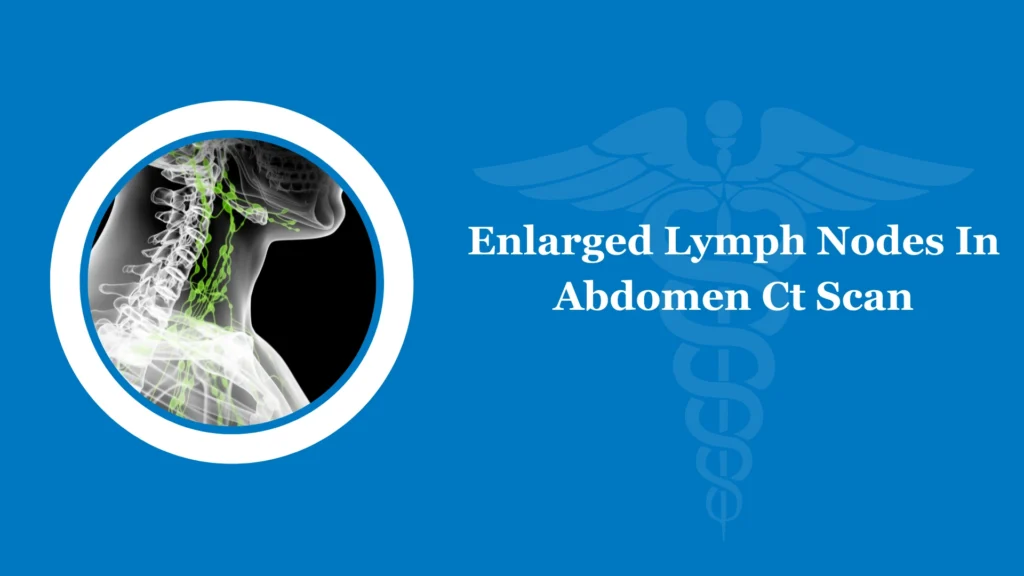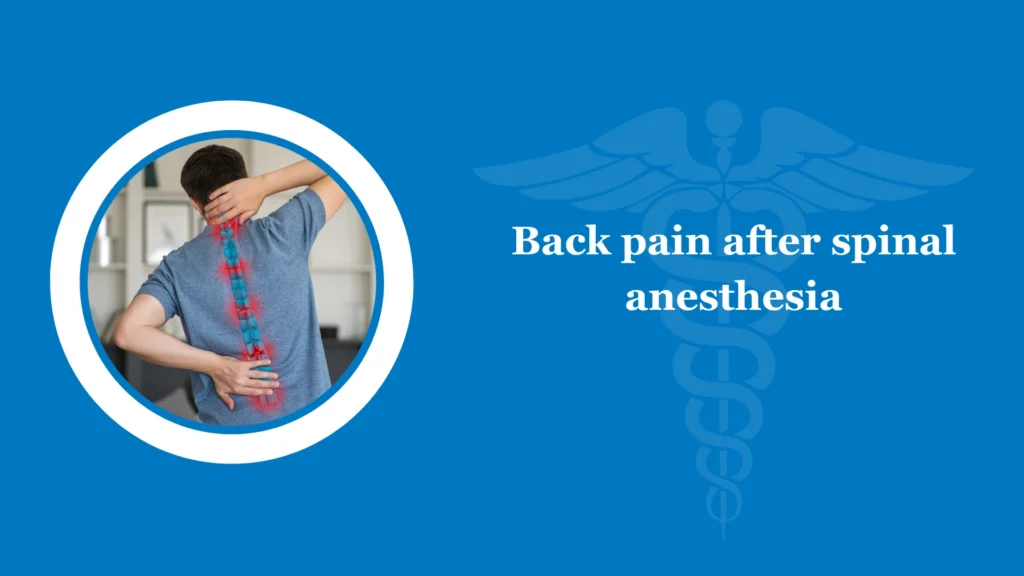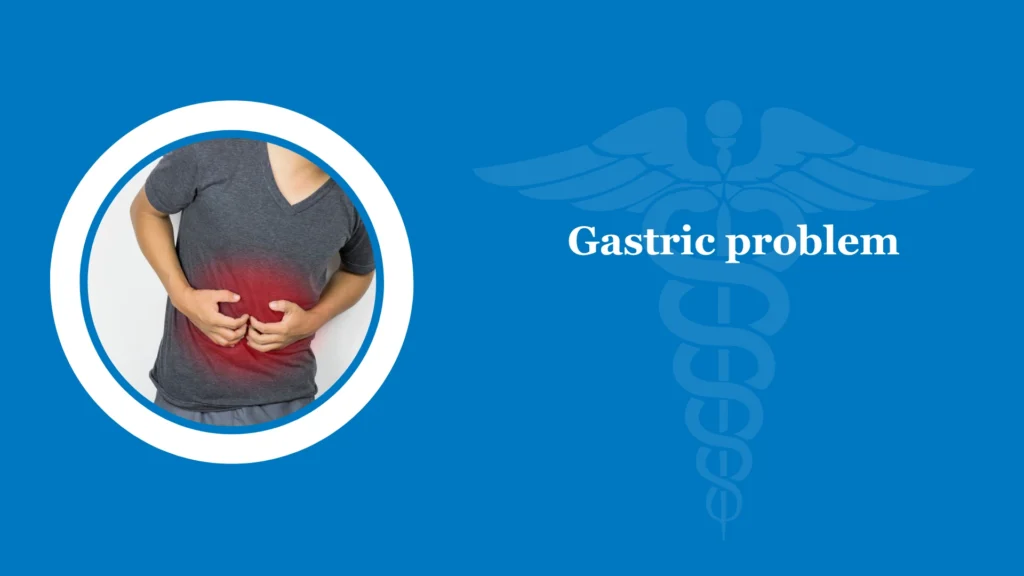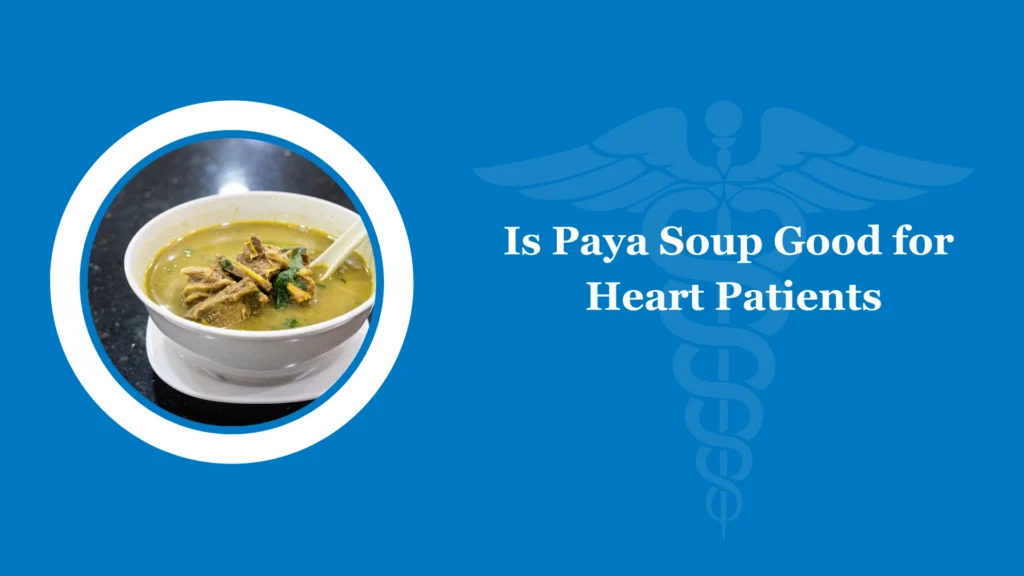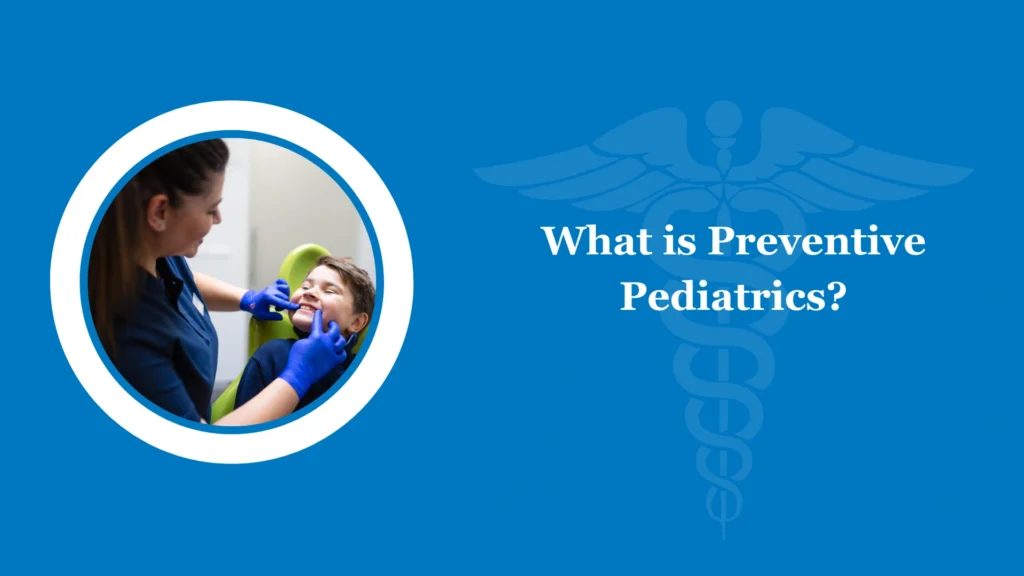In the good work of saving and transforming lives, surgeons and healthcare workers painstakingly put together systems with their brilliant minds and make the impossible happen. Hospitals and clinics are increasingly turning to advanced software solutions. Notable improvements are in the form of streamlined operations, improved patient care, and enhanced efficiency.
Technology has enhanced the effectiveness of medical practitioners. Medical advancements are occurring in leaps and bounds, from early diagnostics to minimally invasive surgeries. Globally, improved life expectancy is a testament to the success of the partnership between doctors and tech.
Clinic Management Systems and Hospital Management Systems can be used to optimise solutions for doctors
Hospital Management Systems are complex software systems that aim to automate the inner processes of hospitals. They also connect the various user groups, say administrative personnel of the OB-GYN department.
Usually, the Hospital Management Systems comprise two components:
- Clinical Management System
- Patient Interface.
The Clinical Management System consists of the work processes of the healthcare provider, whereas the patient interface is the one that the patient uses.
Clinics and hospitals save costs and workforce by allowing technology to take over. I mean this in a good way, and not that the AI overlords are taking over the human intellect.
In short, technology will take care of the mind-numbing administrative work that, not long ago, demanded huge expenditures on paperwork and personnel.
Types of Software for Hospitals and Clinics
Technology is highly capable and can accomplish several tasks, so it is important to identify your requirements to understand what software fits the bill.
Below is a list of software available that you can choose from :
Patient Management Software
Do you recall your first time at the doctor’s clinic?
You probably had to fill in a long list of data, your medical history, symptoms, and personal details. Every time you visited, the receptionist pulled out a huge file with all your records, leaving a huge risk of human error.
Patient Management Software is designed to keep process hiccups in mind. They could help eliminate oversight by collecting, organising, and analysing patient data. It gives patients more control and ownership over their healing journey, and also facilitates the process of patient feedback.
Electronic Health Records
Abbreviated as EHR, they are a subset of Patient Management Software that has all the records of past ailments of a patient maintained by the provider. You can store all diagnostic tests and prescriptions in one place with greater access to the interested parties. EHR, thus, reduces the chance of redundant tests, treatment delays, and inaccuracy.
E- Prescription
E-prescribing is a process that enables the digitization of a doctor’s prescription. Misinterpretations of doctor’s handwriting by pharmacists have caused wrongful transactions. An e-prescription aims to solve this problem and is a win-win as it is convenient for the patients to carry and for pharmacists to read.
Financial Management Software
Installing financial management software for the hospital means that the revenue cycles are more expeditious and optimised, while also reducing the paperwork. Through financial analytics and reporting features, hospitals gain insights into their financial performance, allowing for better budgets, enterprise resource planning, and cost control.
Medical Billing Software
The first software to be integrated into the medical care sector and used by hospitals, clinics, and pharmacists. Medical billing involves a payer, which can be an insurance company or the patient. Billing invoices are produced for medical services rendered to patients.
The entire procedure is known as the billing cycle, sometimes referred to as Revenue Cycle Management (RCM). Medical billing software makes Hospital financial management more transparent and convenient.
Billing and Claims Management
Medical Insurance requires great attention to detail. Billing and Claims Management software has revolutionised the field by providing solutions for claims processing that patients and hospitals can carry out online.
Insurance companies deploy software that makes the process unrealistically simpler. Integrating Online Billing and Claims Management allows family members of the patients to manage their time and channel it into caring for the patient.
Scheduling and Appointment Software
Booking a doctor’s appointment over the phone requires a lot of time on the patient’s end and requires personnel at the healthcare provider’s end. If you are wondering whether technology has birthed a solution to book appointments in real-time without the hurdles of a perpetually busy phone, yes, it has.
Appointment scheduling enables you to set your appointment schedule. It also allows patients to book slots independently, giving them more control over their time and, in turn, making clinics more productive.
Benefits of Using Software in Hospitals and Clinics
Improved Patient Care
Doctors save time that would otherwise go into paperwork, writing prescriptions, calculating and making bills, looking for patient records and also managing personnel who take care of appointment schedules. In short, doctors can pay more attention to their patients and give them speedy and better service.
Operational Efficiency
Be it a clinic or a hospital, it is not a breeze managing employees. With software installed, you will be able to manage task scheduling and effectively monitor the performance of the staff. This instils better coordination, and the operational efficiency of the entire hospital skyrockets.
Data Security and Compliance
Loss of data or leakage of Protected Health Information (PHI) is prevented by systems and laws such as the HIPAA and GDPR. The encryption of data digitally and integration of technology such as blockchain allows for better data protection and privacy.
Reduced Paperwork
The usage of software allows the storage of patient data digitally, which eliminates the need for physical file storage and reduces the risk of manual error. It is possible to keep your Health Records electronically (EMR). This can also make it easier to share information between departments and doctors.
What must you look for when Procuring Software for Hospitals and Clinics?
User-Friendliness
User-friendliness is one of the most pivotal parameters of any website or software application. The software must have a convenient, easy-to-understand user interface and user experience design.
User-friendliness is when the designer considers what they want their users to achieve. It displays thoughtfulness. User-friendliness is the first thing you must consider while procuring software for hospitals and clinics.
Automation
Two questions to ask yourself when procuring software for hospitals and clinics are:
- Is this software adequately automated?
- Does it have what I am looking for in terms of features?
Imagine having to type out long passages just to upload a prescription. It turns out to be a daunting task – time-consuming, and if we were honest, you feel like the software you purchased is virtually useless because of a huge chunk of the work that the patient or the doctor needs to do manually.
When procuring software, think of all the key processes you need to run (most of it is possible for machines to do) and check whether the software for hospitals and clinics has automated features. If the software has enough sophistication, the user experience will be as easy as scooping out ice cream.
Compliance with Data Security and Protocols
Needless to say, medical information is extremely sensitive information that nobody wants to share or reveal. Being sceptical about giving your data online is within reason. That is part of why most people fear going online or using software for hospitals and clinics. When procuring software, ensure data security and privacy policies align with the latest rules and regulations. It is important to perform a regular audit to ensure that the Hospital’s and your data are not stored or shared. That is the only way to guarantee complete confidentiality.
Rapid and Effective Response
“Speed, it seems to me, provides the one genuinely modern pleasure.” Aldous Huxley
In the medical field, every second counts. It is paramount to have an application with a rapid and responsive interface and design. All functionality must work seamlessly with each other in a perfectly coordinated synchronisation. The tool must be designed to effortlessly pull patient data from records such as prescriptions, insurance claims, and input data.
Responsiveness could mean the application itself and the team behind it.
Good Customer Support
Now, you have software installed for your Hospital or clinic. Sometimes, you are unable to schedule an appointment or view a patient’s history. That is not the end of the world, and it shouldn’t be.
Let us consider two scenarios:
The first is when you try reaching the tech team, and the IT person is unresponsive and unavailable to pick up calls. This leads to frustration and disappointment.
The second is when the tech department is happy to help and fix things for you that may have temporarily caused issues. This includes even helping with changing a password. A trustworthy company has a software team that is responsive and gets things done in no time.
FAQs
What types of software are used in hospitals?
Hospitals use all types of software, such as patient management software, health management software, operational software, and financial management software.
How does hospital software improve patient care?
Hospital Software has made administrative processes more efficient and enhanced patient care. Doctors can spend more time with patients than having to worry about managing infrastructure, personnel, and equipment, thus improving the ultimate outcome.
How long does it take to set up hospital software?
Depending on your need and complexity, in a few minutes or days.
How does scheduling software benefit clinics?
Appointment software can help you avoid delays. It helps you save on overhead expenses and costs for training personnel.
Can hospital software help reduce paperwork?
A resounding yes. In fact, Hospital software is designed with the time and cost savings that could be realised by reducing paperwork in mind.
